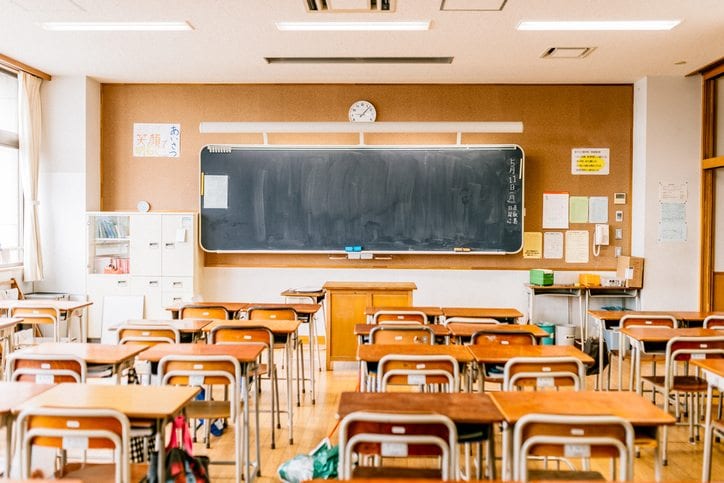Education Next recently released the results from its 10th annual survey of American public opinion on school quality. It was just administered in May and June of 2016. As always there’s a lot of data to consider here; I’m going to focus on just a few noteworthy items.
Schools Quality
In a phenomenon that is both consistent and confounding, Americans continue to grade (using the traditional A-to-F scale) their local schools higher than the nation’s schools as a whole. Forty-one percent of the general public assign their local school a B and 32% a C. The percentages remain fairly consistent across most of the subgroups – Hispanics, Whites, Democrats and Republicans. Roughly 25% of teachers and parents give local schools an A compared to about 15% of the other groups. Only 8% of African Americans give the grade of A to the schools in their communities.
When asked to grade the public schools in the nation as a whole, about 50% assign a grade of C. The percentage of people grading the nation’s schools an “A” is in single figures across the board, ranging from 1% (Whites) to 9% (Hispanics).
Over the 10 years of the Education Next poll, attitudes towards local schools have consistently increased, going from 43% to 55%. I’m not sure about the overall impact of this. While it’s wonderful to have local support, might not that same sense of “Our Schools are OK.” make it harder to gain support for significant changes in curriculum or instructional approach?
Testing
Despite the ongoing furor over standardized testing and the amount of time devoted to testing, there is widespread support for continuing to require that all students be tested in math and reading each year in grades 3-8 and once in high school. Thirty-three percent of the public completely support this level of testing and 36% somewhat support it. Percentages are consistent across all subgroups, with the exception of teachers. Only 15% of teachers completely support the described level of testing while 19% of teachers completely oppose it. This compares to 7% of the general public.
In a similar vein, 36% of the public completely opposes and 24% somewhat oppose letting parents decide whether to have their children take state math and reading tests. There’s somewhat more variation among the subgroups, but overall the majority of all groups oppose letting parents opt out. However, the percentage of teachers who think parents should be allowed to have their children opt out of tests increased from 36% to 43% between 2015 and 2016. Interestingly there is little partisan bias: 60% of Republicans and 62% of Democrats oppose letting parents opt their children out of testing.
The majority of respondents support using the same standardized tests in every state. Teachers are least likely to completely support this idea, 19% compared to 27% of the general public and 28% of parents. More people strongly support common testing than strongly support the use of common standards. I can’t imagine using a common test when you don’t have any assurance that the students have covered the material being tested. I think what may be happening here is that people see a common test as fair. Everyone faces the same challenge.
School Spending
Respondents were asked what the average amount of money spent each year for a child in public schools in their local school districts is. The public reported an average of $7,020. Parents placed average local spending at $5,220. In general, Americans don’t know a lot about school budgets and spending patterns. In fact, average per-pupil spending is closer to $12,000. Still, I would expect parents to be closer to the group norm. These are the same parents who think their local schools are performing acceptably (and who pay property taxes).
It’s also interesting to see that people believe more money is spent for a child in public schools in the United States than is spent locally. The public places national spending at $8,484. Parents place the national spending average at $6,246. Both African American and Hispanic respondents estimate higher average national spending, $11,863 and $9,543.respectively.
| [custom_author=AnneW] |
